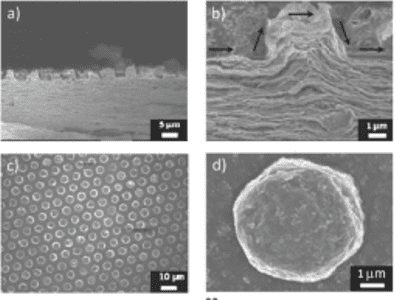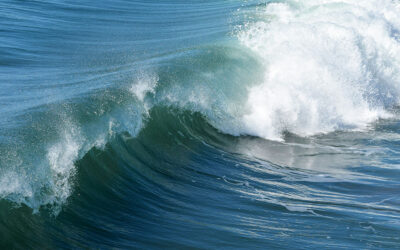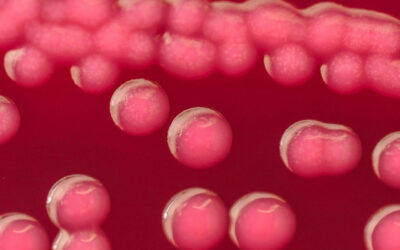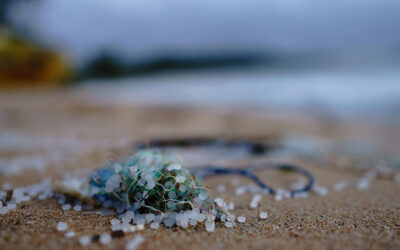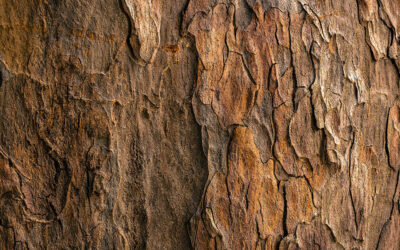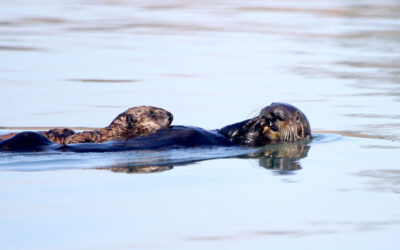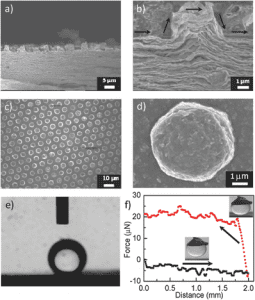 Jiang et al. have prepared artificial columnar nacre with excellent underwater low adhesion and superoleophobicity in the presence of different detecting oils. This high-performing material, based on a montmorillonite/hydroxyethylcellulose (MMT/HEC) architecture, exhibits contact angles greater than 150° and oil adhesion less than 3.5 µN.
Jiang et al. have prepared artificial columnar nacre with excellent underwater low adhesion and superoleophobicity in the presence of different detecting oils. This high-performing material, based on a montmorillonite/hydroxyethylcellulose (MMT/HEC) architecture, exhibits contact angles greater than 150° and oil adhesion less than 3.5 µN.
Natural columnar nacre is composed of layers of high-volume-fraction aragonite platelets and hydrophilic proteins in the interior with convex hexagonal columnar microstructures on the surface. This site-specific columnar structure gives rise to both superoleophobicity and high tensile strength. To construct the artificial nacre, MMT and HEC were evaporated onto a hexagonal silicon honeycomb template with the dimensions of natural columnar nacre. Crosslinking of MMT and HEC was achieved by immersion in glutaraldehyde. X-ray diffraction and scanning electron microscopy (SEM) confirmed that the resulting layered structure resembled that of its natural analogue.
The artificial nacre prepared in this study exhibited mechanical properties superior to hydrogels and metal oxides, having a much higher tensile strength (129.3 MPa). This strength is on par with natural columnar nacre (80–135 MPa). The artificial nacre proved resilient upon being subjected to a variety of tests, including sand grain impingement, an external preload of up to 90 µN, and finger wipe, tape peel, and freezing/boiling water tests. In each test, the contact angle was not less than 154.4° and ultralow adhesive force (less than 3.7 μN) was maintained. The high mechanical stability was attributed to the unique orientation of the MMT platelets, which serve to reinforce the HEC. This renders the MMT/HEC crosslinked material stronger than HEC alone.
Marine environments are vulnerable to issues caused by oil pollution. One such issue is the risk of affecting underwater operations by potentially corroding or damaging the coatings of materials used in these operations. Although coating materials such as metal oxides and hydrogels can be considerably oil-repellent, they suffer from low mechanical strength. Therefore, there is a demand for more durable materials with superoleophobic properties. Nacre, which is found in the inner layer of seashells, is especially robust due to its highly ordered structure. Thus, this biomaterial serves as a source of inspiration for new types of artificial materials—like the one prepared in this study—for underwater applications such as marine antifouling, microfluidic devices, resistance reduction for oil transportation, and oil/water separation.

